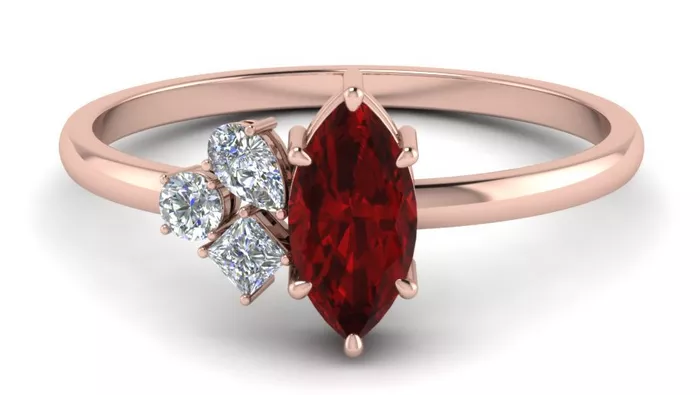Rubies are one of the most prized and sought-after gemstones in the world, known for their rich, red color and exceptional beauty. However, not all red gemstones are true rubies, and there are specific characteristics that distinguish real rubies from other red stones. In this article, we will explore the color of real rubies, including the factors that influence their color, the different shades of red that rubies can exhibit, and how to identify a genuine ruby based on its color.
Understanding Rubies
Rubies are a variety of the mineral corundum, which is composed of aluminum oxide. The red color of rubies is caused by the presence of chromium within the crystal structure, which gives them their vibrant hue. Rubies are considered one of the four precious gemstones, along with diamonds, emeralds, and sapphires, and are highly valued for their rarity, durability, and beauty.
Rubies are found in various locations around the world, including Myanmar (formerly Burma), Thailand, Sri Lanka, and Tanzania. The most valuable rubies typically exhibit a pure red color with excellent clarity and transparency.
Factors Influencing the Color of Rubies
Several factors influence the color of rubies, including:
Chromium Content: The presence of chromium is the primary factor that determines the color of a ruby. Higher chromium content results in a more intense red color, while lower chromium content may produce a pink or purplish hue.
Iron and Titanium: Trace amounts of iron and titanium can also affect the color of a ruby, causing it to exhibit secondary hues such as orange, purple, or brown.
Inclusions and Imperfections: The presence of inclusions and imperfections within the ruby crystal can affect its color by scattering light and causing it to appear less saturated.
Cut and Clarity: The cut and clarity of a ruby can also influence its color, with well-cut and transparent stones exhibiting a more vibrant and intense red color.
What Color Are Real Rubies
Rubies can exhibit a wide range of red hues, from light pinkish-red to deep, blood-red. Some of the most common shades of red in rubies include:
Pigeon Blood Red: Considered the most desirable and valuable color for rubies, pigeon blood red is a deep, vivid red with a slight hint of blue. This color is often described as resembling the color of pigeon’s blood.
Burmese Ruby Red: Burmese rubies are renowned for their intense, pure red color, which is often referred to as “Burmese ruby red.” This color is highly sought after for its exceptional beauty and rarity.
Pinkish-Red: Some rubies may exhibit a pinkish-red hue, which is caused by lower chromium content. While not as valuable as pigeon blood red, pinkish-red rubies can still be highly desirable.
Purple-Red: Rubies with a purple or purplish-red hue are less common but can be exceptionally beautiful. These stones may contain higher levels of iron or titanium, resulting in the purple undertones.
Brownish-Red: Rubies with a brownish-red hue are considered less desirable and may be lower in value. This color is often caused by the presence of iron and titanium impurities.
Identifying Real Rubies Based on Color
When identifying a genuine ruby based on its color, there are several key characteristics to look for:
Vivid Red Color: Real rubies exhibit a vivid, intense red color that is often described as “stoplight red” or “fire engine red.” This color should be consistent throughout the stone, with no visible zoning or uneven distribution of color.
Fluorescence: Some rubies exhibit fluorescence under ultraviolet (UV) light, causing them to glow a bright red or orange color. This fluorescence is a natural characteristic of some rubies and can help distinguish them from imitations.
Inclusions and Imperfections: Real rubies often contain inclusions and imperfections that are visible under magnification. These inclusions can help authenticate the ruby and are a natural part of the gemstone’s formation process.
Transparency: Real rubies are transparent to translucent, allowing light to pass through the stone. This transparency is an important characteristic of genuine rubies and can affect their overall beauty and value.
Color Consistency: The color of a real ruby should be consistent throughout the stone, with no noticeable color zoning or uneven distribution of color. This consistency is a hallmark of genuine rubies and can help distinguish them from imitations.
Conclusion
The color of a real ruby is one of its most defining characteristics, with the most valuable stones exhibiting a vivid, intense red color. By understanding the factors that influence the color of rubies, as well as the different shades of red that they can exhibit, you can better appreciate the beauty and rarity of these exceptional gemstones. Whether you’re a gemstone enthusiast, collector, or jeweler, knowing how to identify a genuine ruby based on its color ensures that you can confidently choose and appreciate these stunning gems for years to come.


